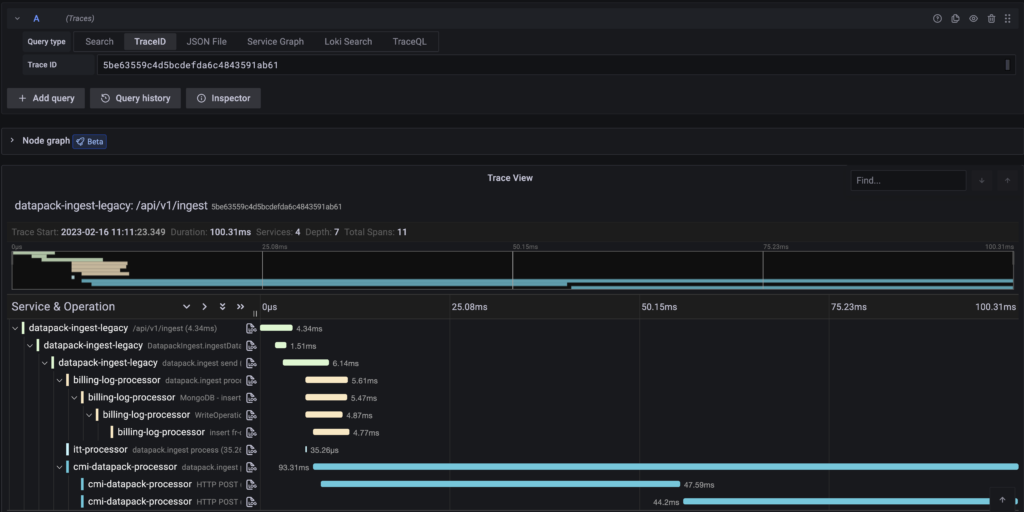Why should DevOps migrate from an APM to an Observability platform?
In today’s complex IT environments, monitoring and maintaining system performance is crucial for DevOps teams. While Application Performance Monitoring (APM) has been a popular approach to monitoring application performance, observability platforms such as FusionReactor are emerging as a better solution. Here’s why DevOps should migrate from an APM to an Observability platform:
Why is Observability Important in DevOps?
Observability is important in DevOps because it provides a more comprehensive view of the entire system, allowing DevOps teams to detect and respond to issues faster and more effectively. FusionReactor’s observability platform provides insights into the entire system, including infrastructure, networking, and third-party services, using advanced analytics to help DevOps teams identify issues and diagnose problems quickly.
What is the Difference Between APM and Observability?
While APM focuses on monitoring the performance of individual applications, FusionReactor’s observability platform provides a unified view of the entire system. It incorporates metrics, traces, logs, and supports OpenTelemetry (Otel), providing a standardized way to collect and export telemetry data, making it easier to integrate with other observability tools.
What is One of the Main Benefits of Observability over Classic Monitoring?
One of the main benefits of FusionReactor’s observability platform over classic monitoring is that it provides a more holistic view of the system. It enables DevOps teams to identify and troubleshoot issues faster, reducing mean time to resolution (MTTR) for issues and improving system performance and uptime.
Advantages of an Observability Platform:
-
- Provides a more holistic view of the entire system, including infrastructure, networking, and third-party services, enabling DevOps teams to detect issues faster and more accurately.
- Enables DevOps teams to quickly identify the root cause of issues, reducing mean time to resolution (MTTR).
- Supports proactive monitoring and optimization of system performance, which can prevent issues from occurring in the first place.
- DevOps teams can trace requests across multiple services, making identifying performance bottlenecks and optimizing system performance easier.
- Can help DevOps teams improve system uptime and availability by detecting and resolving issues before they impact users.
- Provides a more comprehensive set of data, including metrics, traces, and logs, which can be used for trend analysis and capacity planning.
Why is Observability Needed?
Observability is needed because it provides a more comprehensive system view, essential for modern, complex environments. As more applications move to the cloud and microservices become more prevalent, traditional APM tools are becoming insufficient. FusionReactor’s observability platform provides a unified view of the entire system, making it easier for DevOps teams to monitor and manage these systems effectively.
FusionReactor’s observability platform also supports OpenTelemetry for distributed tracing, making it easier for DevOps teams to trace requests across multiple services and identify performance bottlenecks. This enables DevOps teams to pinpoint issues and optimize system performance quickly.
Why should DevOps migrate from an APM to an Observability platform?
DevOps teams should consider migrating from APM to FusionReactor’s observability platform because it provides a more comprehensive view of the entire system, enables DevOps teams to detect and respond to issues faster, supports OpenTelemetry for distributed tracing, and is essential for modern, complex environments. With metrics, traces, and logs, FusionReactor’s observability platform provides an end-to-end view of the system. It enables DevOps teams to identify and resolve issues quickly, improving system performance and uptime.




